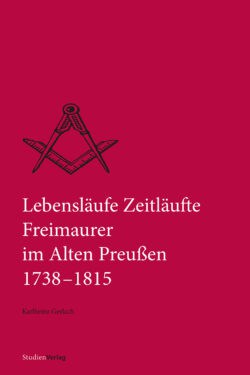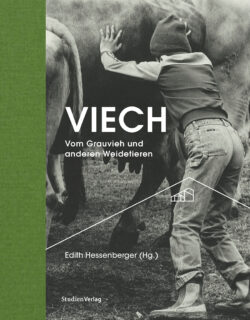Images of the Marshall Plan in Europe
Films, Photographs, Exhibits, PostersThe European Recovery Program (ERP ,= Marshall Plan) is considered the most successful foreign aid program in American history. It played a crucial role in helping to rebuild Western Europe after World War II, reintegrate West Germany into the West, maintain American interest in Europe’s future, contain communism, and launch American consumer democracy and improving the standard of living in Europe. It also finalized the progressing division of Europe into a democratic/capitalist West and communist East.
This volume focuses on “selling the Marshall Plan” both to skeptical Americans and Europeans in the late 1940s and early 1950s. The Economic Cooperation Administration in Paris administered the distribution of American Marshall aid. It also directed the propaganda effort: 250 films were produced (newsreels, documentaries, feature and productivity films); traveling exhibits were organized that by train were shown all over Europe and by ship on Greek islands; and busses traveled to the remotest Austrian Alpine valleys to show films about how ERP-aid increased Austrian economic productivity.
Every project financed by Marshall aid was documented in photos and films. In West Germany, Marshall Plan films and exhibits also aimed at reeducating and re-orienting the population after Nazism towards democracy and material plenty. In Oslo, the largest department store featured a display of desirable American consumer products. All American goods shipped to Europe came with the logo “For European Recovery – Supplied by the United States of America.” The American wanted the European public to know that it was American help that improved their material well-being. These essays by an international group of scholars make it clear that the Marshall Plan’s top-of-the-art multi-media campaign can also be seen as one of the most successful PR-campaigns in history. Marshall Plan propaganda created the myth of the Marshall Plan as the model economic reconstruction program.
„A richly documented and finely textured study of how soft power ’sold‘ the Marshall Plan, in both post-war Europe and the U.S., at the time and later, in historical memory.“
Hugh Wilford, California State University





